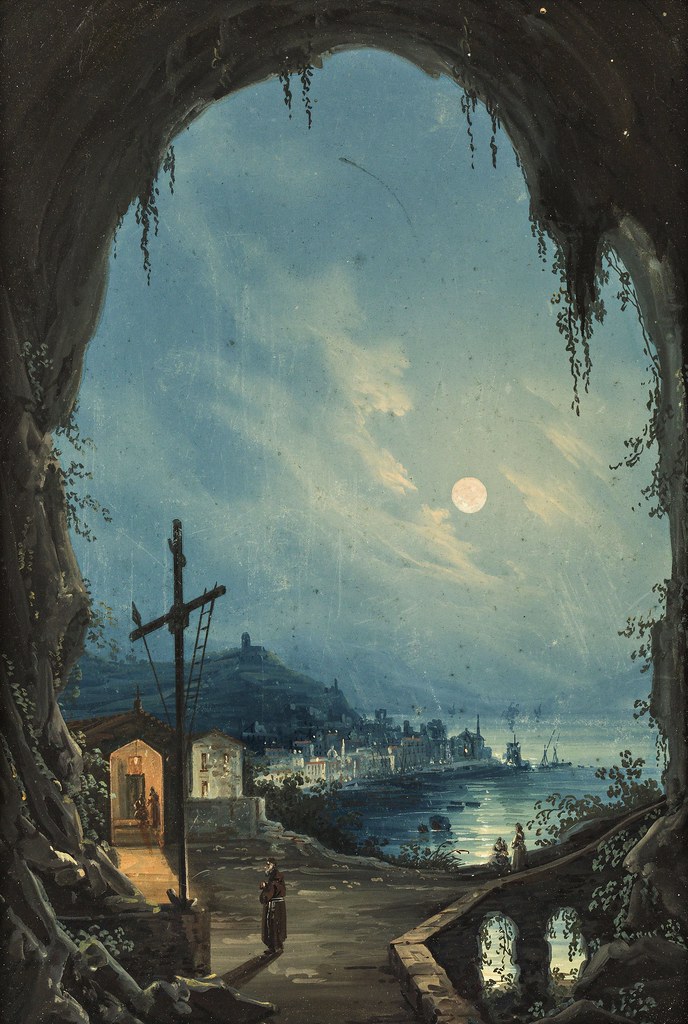Jan Křtitel Vanhal (1739-1813)
- Requiem a 4 Voci
Performers: The Amаdе Players; Nicholas Nеwlаnd (conductor)
---
Bohemian composer and cellist. Born into a poor peasant family, he
obtained some early education in music from a local organist, Anton
Erban. His first post was as an organist at the town of Opocžna, and
subsequently he became a choral director at Niemcžoves, during which
time he was trained as a string player by Matthias Nowák. In 1769 he
moved to Vienna to study under Carl Ditters von Dittersdorf. In turn he
established a reputation as a teacher, whose students included Ignaz
Pleyel. In 1769 he traveled to Italy, where his first opera, Demofoonte,
was performed a year later. He returned to Vienna in 1771 but visited
the estates of his patron, Ladislaus Erdödy, in Croatia. Thereafter he
continued to publish his music actively as a member of the most
important musical circles of the Imperial capital. Vanhal can be
considered one of the more prolific and popular composers of the period,
with over 1,300 works written. Although Charles Burney claimed that his
creativity had diminished due to mental issues (now known to be false),
he continued to produce compositions that were disseminated throughout
the world, becoming almost as popular as his friend and colleague Joseph
Haydn. These include 76 symphonies, around 60 concertos (for violin,
flute, viola, oboe, contrabass, keyboard, and other instruments), 100
string quartets, 13 piano quartets, 51 piano trios, 49 other trios, six
quintets, 98 duets for various instruments, 102 sonatas/sonatinas for
various instruments and keyboard, 196 keyboard sonatas, 68 sets of
keyboard variations, 76 miscellaneous keyboard works, 25 divertimentos,
38 organ works, 47 sets or pieces of dance music, three operas, 48
Masses, two Requiems, 46 offertories, 32 motets, 15 antiphons, 34 sacred
arias, 32 Stabat maters, 10 litanies, 10 graduals, 17 other sacred
works, 17 pieces of programmatic music, and 41 songs. Vanhal’s musical
style is often dramatic but carefully constructed according to form and
structure. His use of melody is often lyrical, with good sequencing and
internal variation. He can be considered one of the main figures in late
18th-century music. His works are known by their Bryan numbers.

Cap comentari:
Publica un comentari a l'entrada